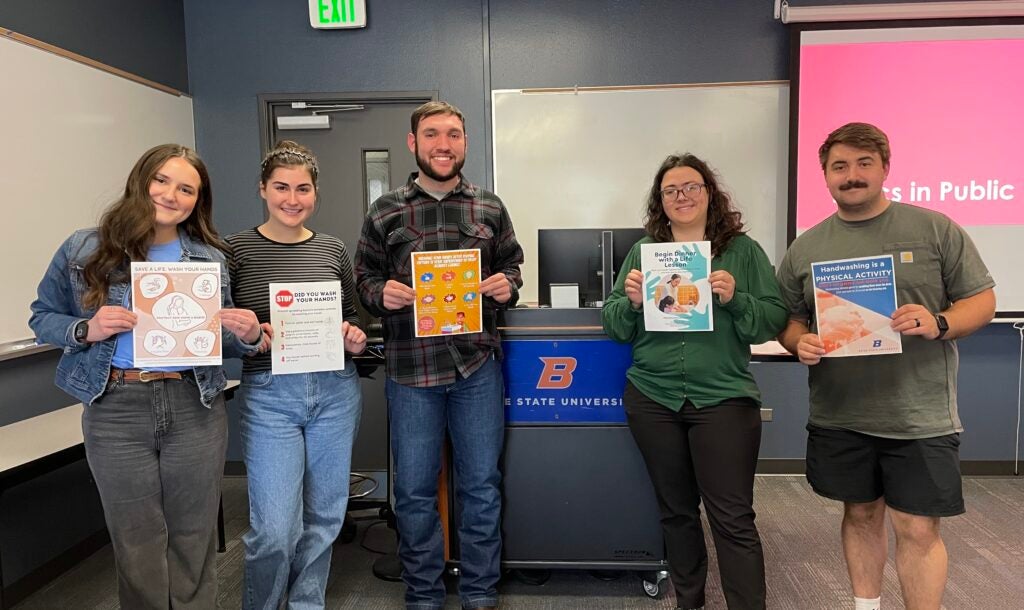
This semester, SPPH Assistant Professor Anne Abbott asked her students to think about the science behind health communication. In the Public Health Communication (HLTH 357) course, taught by Abbott, students put their public health knowledge, communication skills and graphic design abilities to work.
Students spent the spring semester learning about health behavior theory, visual communication and message design concepts. To put their studies to use, students were asked to create a poster about hand washing for different audiences.
Abbott aims to get students thinking about the science behind persuasive and helpful communication.
“I try to draw off real-life experience to get students to think more deeply about why people don’t always wash their hands, as well as why informational and persuasive strategies are needed to address this,” Abbott said.
By asking students to think deeply about public health messaging, Abbott is helping students form key skills as future health practitioners.
“There is science behind how we communicate and that extends to how we communicate about things like health and science,” Abbott said. “We need to use that science, in addition to best practices from the field, if we want to be successful in promoting and improving health.”
Learn about five of the student poster projects from this course below:
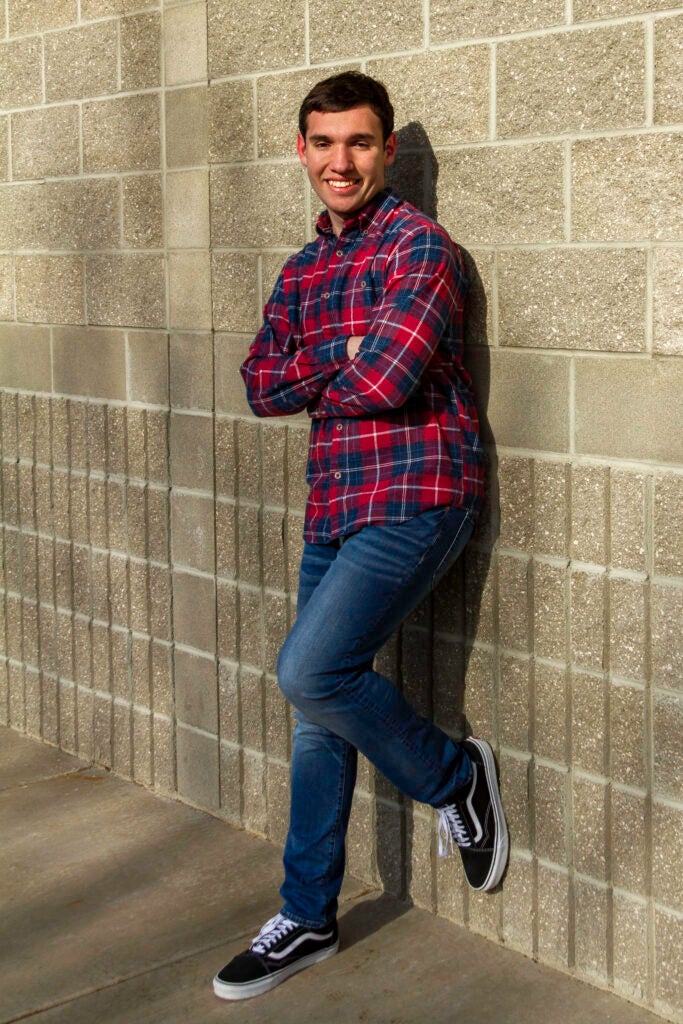
Alex Pessina, Public Health Student
Alex Pessina’s poster was designed to teach elementary aged kids the proper steps for washing their hands after playing outside. By presenting handwashing as a fun “superpower,” Pessina says, the flyer encourages kids to wash their hands properly and protect themselves and others from harmful germs.
Q: What was the most challenging aspect of this project?
A: The most challenging part of the project was coming up with the theme and design for the flyer. After creating a few drafts, I was finally able to narrow it down to one theme and design.
Q: What did you enjoy most about this project?
A: What I enjoyed about this project is that we took what we were learning about — different types of messaging appeals, health communication theories, designing for a specific audience, and visual appeals — to create our own poster. I thought this project was fun way to apply what we have been learning in class.
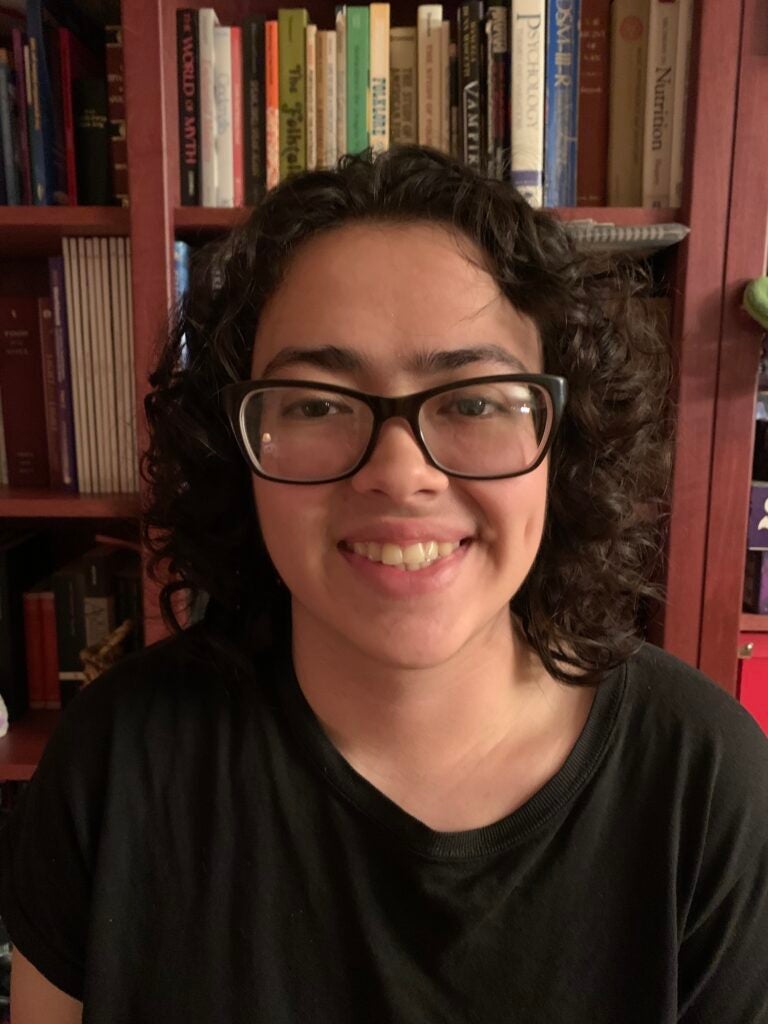
Katriel Sevigny, Public Health Student
Katriel Sevigny’s poster focused on encouraging parents to teach their young children to wash their hands before dinner. Because children begin learning from their parents so young, Sevigny aimed to share the importance of teaching children how and when to wash their hands at an early age.
Q: What was the most challenging aspect of this project?
A: The most challenging part about my project was keeping it simple. When making a poster, you have to remember that most people will only glance at your poster for a couple seconds. To properly deliver your message, you have to put the most important message first and then draw people’s attention to it.
Q: What did you enjoy most about this class?
A: What I enjoyed most about this class is how engaging it is. Communication is an important skill for public health and healthcare professionals to have, and it’s way more fun to learn the concepts of communication and how to communicate with the public through the discussions we have in class. I always appreciate opportunities to learn like this.
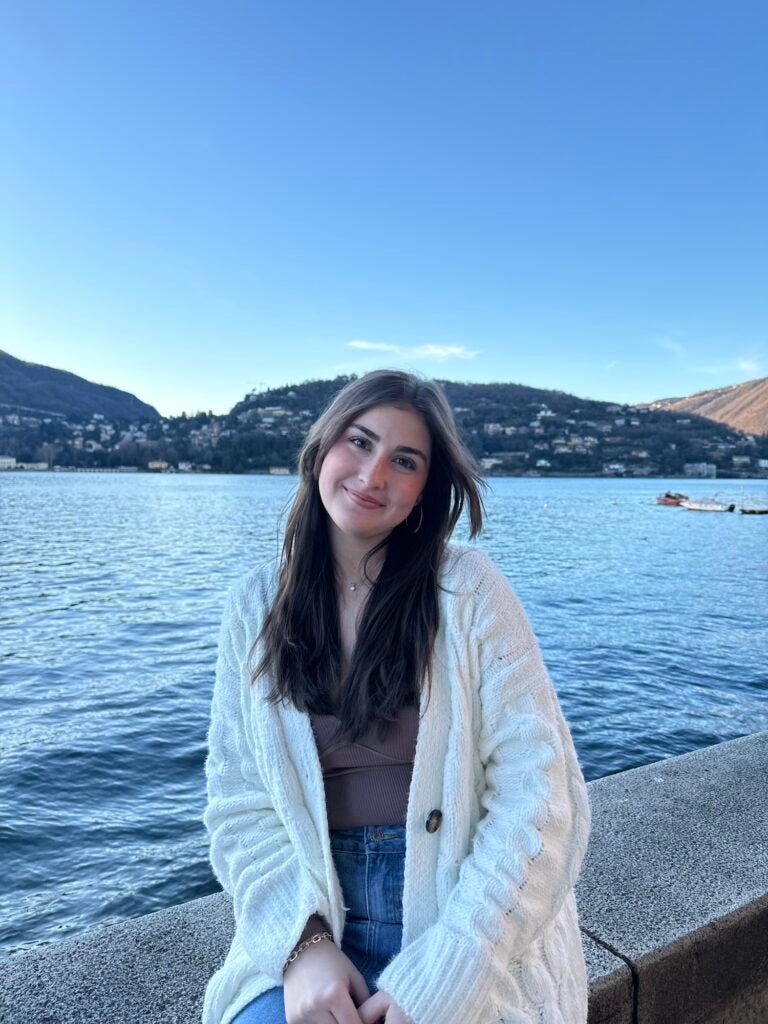
Lauren Vance, Health Studies Student
Lauren Vance wanted her handwashing flyer to reach health care workers and visitors in hospital settings. She based the messaging and design of her poster around frequent hand washing — especially after interacting with patients and after using the restroom.
Q: What was the most challenging aspect of this project?
A: This most challenging portion of this project was using the proper vocabulary. I knew this poster was going to be in a place with individuals who are aware of the importance of washing hands and how to properly do so. However, I also needed to make sure that it was easy to read and understand.
Q: What did you enjoy most about this project?
A: I was able to use my creative side towards something I care about: public health and healthcare safety.
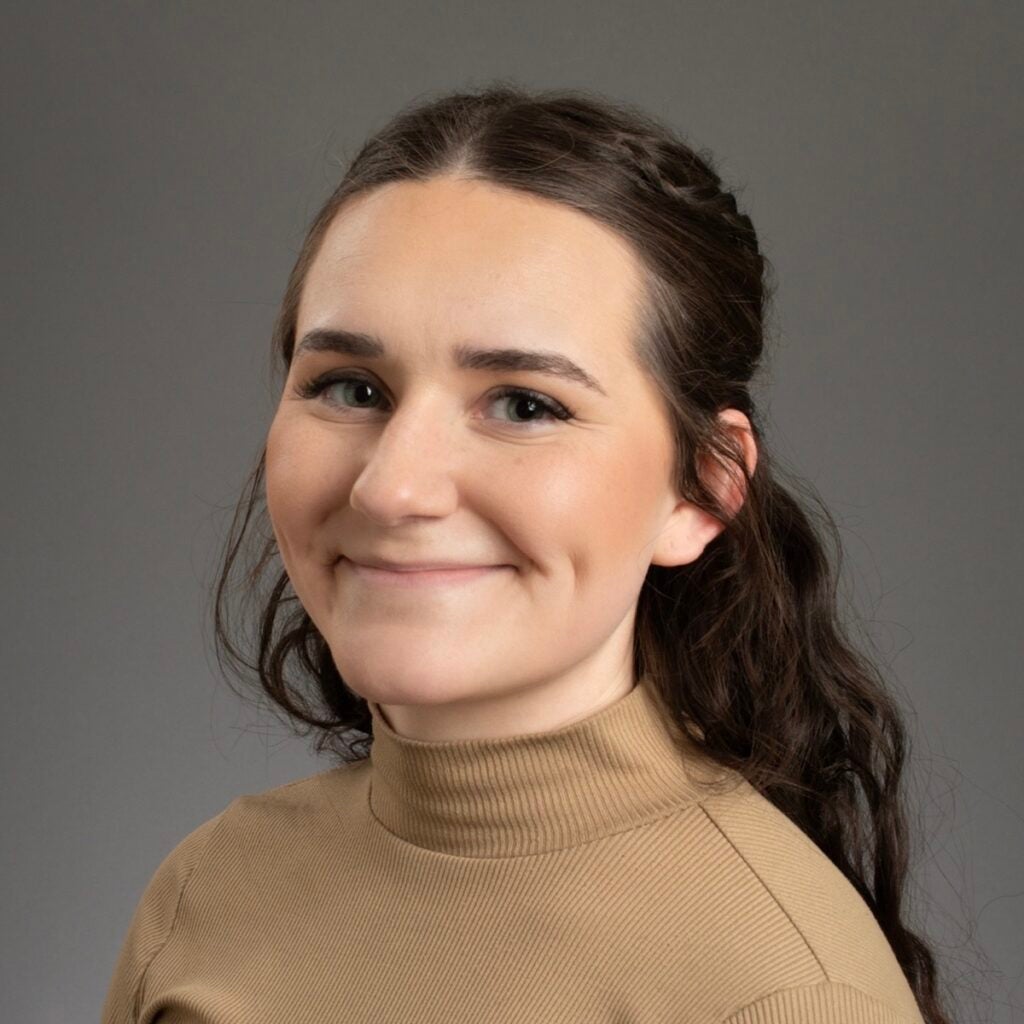
Brenna Woolery, Public Health Student
As a mother, Brenna Woolery remembers feeling worried about asking others to wash their hands before interacting with her newborn. With that experience in mind, Woolery’s poster aimed to keep new moms and babies safer by asking visitors to wash their hands when visiting and before interacting with new parents and babies.
Q: What was the most challenging aspect of this project?
A: The most challenging aspect of this project was creating a message that would resonate with a very broad audience. I know washing your hands, especially in health settings, is important. However, this is not a universal belief, so it was challenging to think from a general public perspective and create a message that was simple, attractive and effective.
Q: What did you enjoy most about this project?
A: I really appreciated that this project allowed for some creative freedom. I used to really enjoy being artistic, but don’t often get the opportunity to create like I used to. It was super fun getting to combine two things that I love most: art and public health.
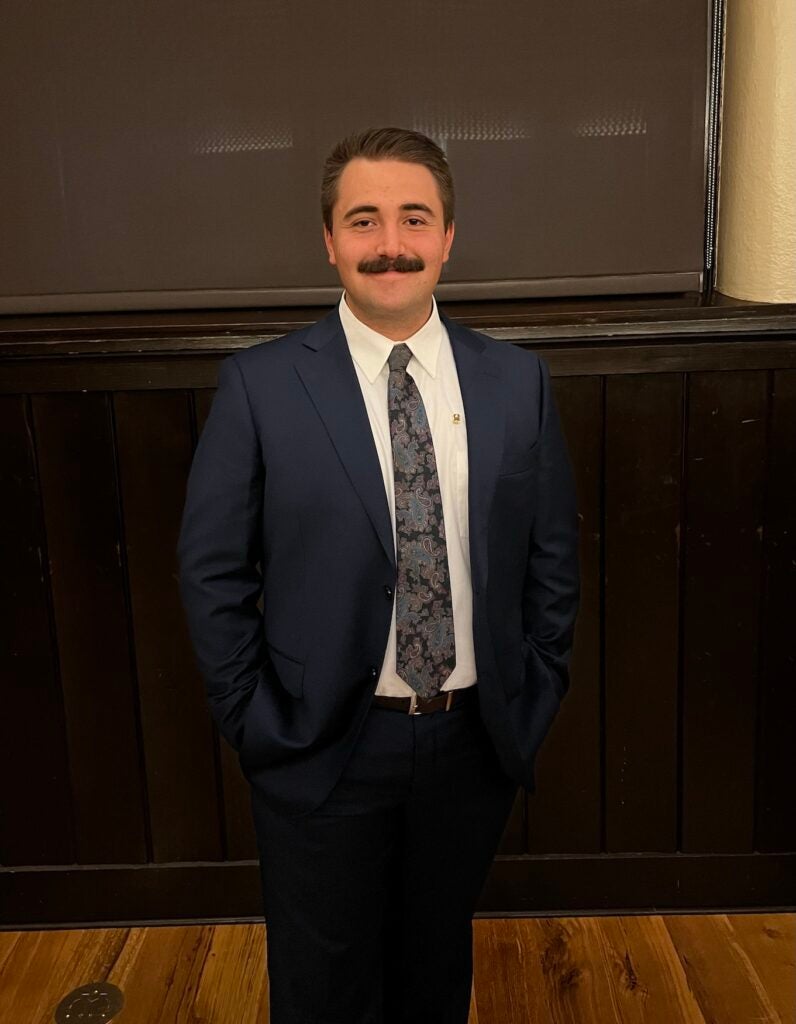
Mark Wilson, Health Studies Student
Mark Wilson’s project aimed to tackle a poster Boise State students know well — handwashing posters that currently reside in many campus bathrooms. With his own spin on the design, Wilson wanted to share information about handwashing geared toward college-aged students.
Q: What was the most challenging aspect of this project?
A: The most challenging part of the project was creating something uniquely mine and creative while following the university branding guidelines.
Q: What did you enjoy most about this class?
A: I’ve really enjoyed learning how to dissect different health information campaigns in order to understand more of what is effective and ineffective when attempting to influence health behaviors through public health communication.